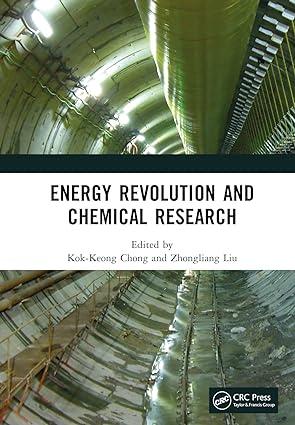Answered step by step
Verified Expert Solution
Question
1 Approved Answer
i have to write a research report of 2 0 0 0 words on topic Experimental Granulation and Tabletting Study. i am providing you some
i have to write a research report of words on topic Experimental Granulation and Tabletting Study. i am providing you some details of this you have to write its Introduction explain what the project is about, with aims and objectives
Background a brief overview of granulation and tabletting processes, explaining basic principles and stating advantages, disadvantages etc.
Literature review a critique of the most relevant published studies linking wet granulation to tabletting and tablet properties. For each study describe briefly what work was done and what the main findings were. Results and images from published literature can be used in your own report but must be referenced properly.
Experimental detail the equipment and procedures used in the experiments. Include photographs where possible.
Results and analysis show any measured results and analysis of data such as tablet characterisation. Show results graphically where possible, or in tables. Explain how the results relate to the granulation variables and to other published findings in this area.
Conclusions and recommendations clearly state the findings of the experiments. here is some details of this : The coursework will be an individual research report focused on granulation and tabletting, submitted via Canvas. This will be based on background research and a description and analysis of experimental results which you will gain experience of during two timetabled laboratory sessions.
The report should include background information about different wet granulation and tabletting processes, together with a literature survey of relevant published research investigating how the granulation process affects tablet formation and properties.
The unit operations you will investigate experimentally are:
Step: High shear wet granulation
Step: Tablet formation in a rotary tablet press, The aim of the coursework is to assess the ability of students to collate and apply information and perform basic process design based on pharmaceutical engineering concepts covered within the module.
The learning outcomes to be assessed from this coursework are:
The ability to perform experiments based on pharmaceutical unit operations.
The ability to critically review and evaluate published research studies in a related field.
The ability to analyse experimental data and investigate trends between materials, process settings and product properties.
Demonstration of a critical understanding of unit operations applied to the design of a pharmaceutical manufacturing processes. Nine discrete batches will be prepared using wet granulation of Microcrystalline Cellulose MCC with varying concentrations of Polyvinylpyrrolidone PVP The resulting granules will be compressed into tablets.
Granulation parameters will be investigated using a Design of Experiments approach Partial factorial design study with three factors binder content, chopper speed and mixer blade speed at three levels
The main effects or responses will be particle size distribution PSD of granules, hardness, disintegration time and friability of tablets.Equipment:
i A high shear granulator Karnavati Engineering Ltd will be used, with batch size of ~ g
ii A rotary Tablet Machine station tableting press Mini Press II Karnavati Engineering Ltd The mini press is equipped with round shape punch and die; mm diameter punches and FBE S with CRN coated die.
Granule Characterization
Particle Size Distribution PSD USP :
A set of ISO sieves were selected according to USP recommendations Table and will be weighed accurately. Subsequently, sieves will be placed on top of each other depending on their aperture dimensions with the coarsest sieve placed on top.
Table : Sieves specifications used in PSD analysis of granulated material:
#
USP Sieve mesh No
USP sieve microns
Sieving procedure:
g of granules is placed on top coarsest sieve and a lid was placed on top.
Agitation is performed using Vibratory Sieve Shaker AS Retsch Germany for minutes.
Each sieve is carefully removed without losing material and reweighed to determine the weight of material on each sieve. The weight of material in the collecting pan was also determined in a similar manner.
The nest of sieves is reassembled and agitated for additional minutes. The sieves were then removed and weighed as previously described.
These steps are repeated until the endpoint criteria are met USP Endpoint Determination under Test Sieves
The Endpoint is reached when the weight on any of the test sieves does not change by more than or g of the previous weight on that sieve. Moreover, if more than of the total specimen weight is found, the test should be repeated. The total sample loss must not exceed of the original w
Step by Step Solution
There are 3 Steps involved in it
Step: 1

Get Instant Access to Expert-Tailored Solutions
See step-by-step solutions with expert insights and AI powered tools for academic success
Step: 2

Step: 3

Ace Your Homework with AI
Get the answers you need in no time with our AI-driven, step-by-step assistance
Get Started


